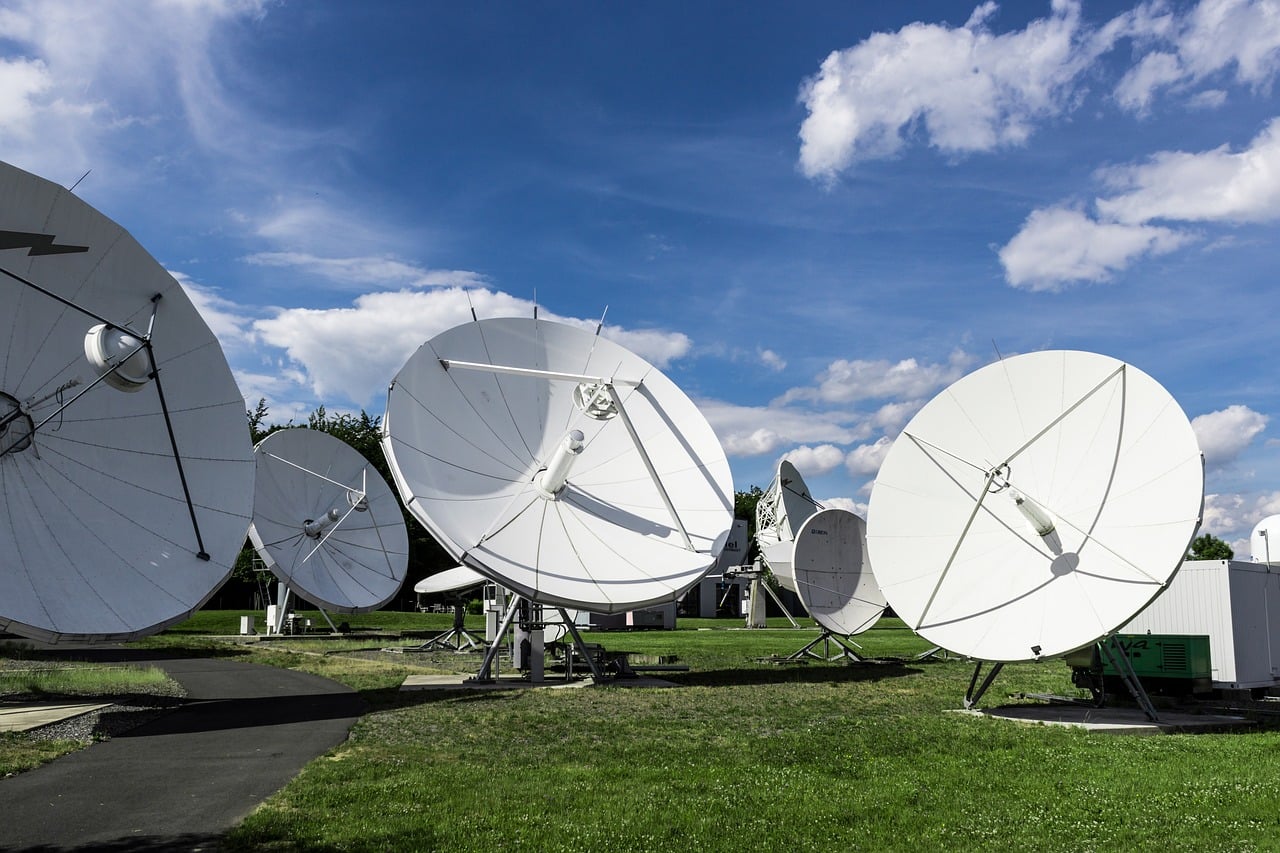Researchers have been picking up fast radio bursts from alien galaxies for many years, but now a new study has picked up a dramatic increase in the number of bursts. Australian researchers say they have picked up 20 bursts within the last year, which is significant because only 34 fast radio bursts had been detected since 2007. They credit new technology with the dramatic uptick in the number of detected bursts.
Fast radio bursts proven to be coming from alien galaxies
Scientists have been trying to determine the source of the fast radio bursts (FBRs) they’ve been picking up ever since the first signal was detected in 2007. FBRs are high-energy pulses originating from across the stars. On average, they last only a few milliseconds and are intermittent, so they can’t be predicted and thus are very easy to miss. However, the use of newer equipment has enabled researchers to almost double the number of fast radio bursts discovered in a year.
Dr. Ryan Shannon from Swinburne University of Technology and the OzGrav ARC Centre of Excellence was lead author on the new study, which was published in the journal Nature. The team used the Australia Square Kilometre Array Pathfinder (ASKAP) to detect the 20 new FBRs. They were also able to prove the FBRs they’ve been picking up originated from alien galaxies halfway across the universe rather than in “our own galactic neighborhood,” as Shannon described it in a statement.
The ASKAP is fitted with a number of dish antennas and has an incredibly large 30-degree field of view. That’s 100 times bigger than the full moon. Dr. Keith Bannister, who designed the technology used in the new study, explained that researchers can point each antenna at different sections of the sky to observe “240 square degrees all at once—about a thousand times the area of the full moon.”
The radio telescope’s massive field of view enabled researchers to pick up many more fast radio bursts than other teams have been able to do before this latest study. Researchers now hope to pinpoint the source of the bursts more closely. They hope the new technology can next be used to determine which alien galaxies the signals are originating from.
Here’s what researchers hope to learn using FBRs
Experts have posited a number of potential sources for FBRs ranging from aliens to various cosmic phenomenon. The one thing they do know is that whatever is causing them is giving off a tremendous amount of power to cause them.
Study co-author Dr. Jean-Pierre Macquart from the International Centre for Radio Astronomy Research at Curtin University explained that FBRs travel through the universe for billions of years before reaching Earth. Sometimes the fast radio bursts pass through gas clouds on the way, which slows each of their wavelengths down by varying amounts.
Each signal’s various wavelengths reach our planet at different times. Researchers say that by timing the arrival of each wavelength, they can determine how much material the FBR passed through between the alien galaxies it originated from and Earth. According to Macquart, they believe they can use the fast radio bursts to “detect all the missing matter located in the space between galaxies.”
Based on that statement, it sounds like scientists could be hoping to finally find all the dark matter they believe exists but is yet undetected, although he didn’t actually mention dark matter.





